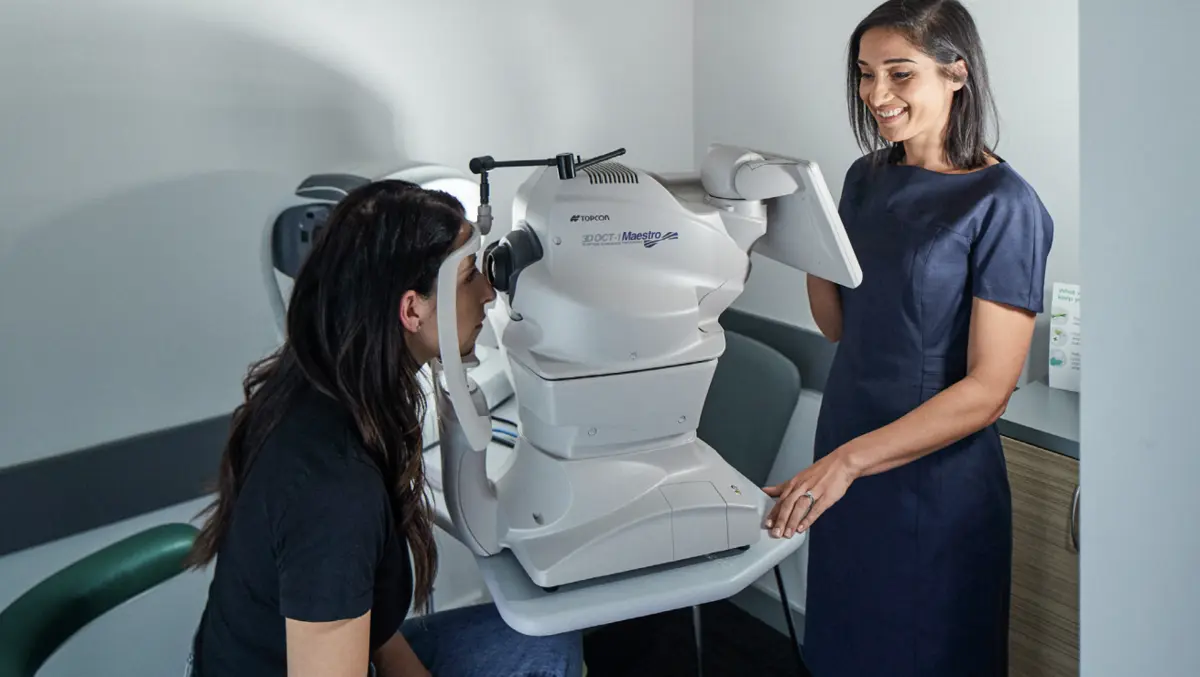
Case Study: How Specsavers reinvented data resilience to future-proof patient care
In the world of modern healthcare retail, data is not just a by-product—it's mission-critical. Specsavers, a household name in optical and hearing care, operates with the ambition of making affordable eye and hearing services accessible to all. But with this noble mission comes the pressing responsibility of safeguarding massive volumes of sensitive health data. In Australia and New Zealand alone, the company runs over 450 stores, each generating gigabytes of diagnostic imaging data daily. This case study explores how Specsavers tackled their escalating data management challenge with a strategic shift to Veeam's Data Platform—securing operational efficiency, compliance, and resilience in one decisive move.
Background
Founded in 1984, Specsavers has grown to become the largest privately owned optical group in the world. Known for delivering high-quality and affordable optical and audiology services, the company now operates across 11 countries. In Australia and New Zealand, the company has established a deep presence in the healthcare landscape, relying heavily on cutting-edge diagnostic tools, such as high-resolution retinal imaging systems, which generate substantial volumes of data daily.
This data isn't just for immediate diagnostics; regulatory frameworks require healthcare providers, such as Specsavers, to retain records for a minimum of 10 years.
For every store, this amounts to around 3.5 TB of data annually, a number that scales into petabytes across the network.
Problem
Specsavers' previous data management approach relied on manual, tape-based backups executed independently by each store.
This outdated system posed multiple challenges:
- Time inefficiency: Managing tape backups consumed significant time and effort from in-store teams.
- Inconsistency and risk: Verifying offsite tape storage was difficult, and backup failures were common.
- Regulatory pressure: As a healthcare provider, non-compliance with long-term data retention could have severe consequences.
- Business continuity risks: Recovering lost or corrupted files could take up to a full day, impacting store operations and customer service.
According to Luke Kuret, IT Infrastructure Operations Manager for Specsavers ANZ, it became increasingly clear that the business needed a more scalable, secure, and automated approach to data backup and recovery.
Requirements
Facing these pain points, Specsavers set out to find a solution that would do more than just back up data. The key requirements were:
- Streamlined backup and recovery across hundreds of decentralised retail locations.
- High-speed data recovery to minimise downtime and support continuous healthcare delivery.
- Immutable and encrypted backups to mitigate cyber risk.
- Centralised control and visibility into backup operations across the organisation.
- Scalability to handle petabytes of data across Australia and New Zealand.
Specsavers also sought a solution that could integrate seamlessly into a broader IT refresh program, which included new servers and enhanced network infrastructure at the store level.
Solutions
Specsavers turned to the Veeam Data Platform, a solution already proving successful in its corporate data centres. With Veeam's partner Champions of Change, they deployed a modern data protection system during a wider infrastructure overhaul across their retail estate.
Instead of managing physical tapes at each site, the company now backs up approximately 30 GB of data per store, per day, directly to a central data centre. This upgrade not only automated the process but also introduced a unified management console, allowing IT administrators to quickly address any issues and optimise configurations.
The implementation of encrypted, immutable backups has significantly bolstered Specsavers' defence against ransomware attacks. In the past, there was only theoretical adherence to the 3-2-1 backup rule (three copies of data, on two different media, with one copy off-site). Veeam made this a practical and verifiable reality.
Further advantages came with image-based backups, drastically reducing recovery times. Accidentally deleted or corrupted files can now be restored in under an hour, and entire virtual machines (VMs) can be brought back online within minutes.
Benefits
The transformation was dramatic. Specsavers reduced their recovery time objectives (RTOs) from multiple days to just a few hours. The shift to a centralised system freed up store staff from the responsibility of data management, allowing them to focus entirely on patient care.
Other key benefits included:
- Operational efficiency: Automating the backup process and removing tape-based logistics saved several hours per week across the network.
- Improved resilience: With encrypted, immutable backups, the business is now better protected against cyberattacks.
- Centralised oversight: The IT team benefits from full visibility across all sites, with proactive support from a dedicated Veeam Technical Account Manager.
- Future-Ready architecture: Specsavers is now exploring further enhancements such as SureBackup for automated recovery testing and Veeam's Disaster Recovery Orchestrator for end-to-end DR planning.
Conclusion
Specsavers' strategic shift to Veeam not only addressed pressing data protection challenges but also unlocked long-term operational and technological gains. In a sector where reliability, compliance, and security are paramount, the company has shown how a proactive, infrastructure-driven approach to digital transformation can support better outcomes for both patients and practitioners.
For other healthcare providers navigating similar data volumes and risks, Specsavers' journey with Veeam serves as a compelling blueprint for modern data resilience.
Read more about the full case study here.